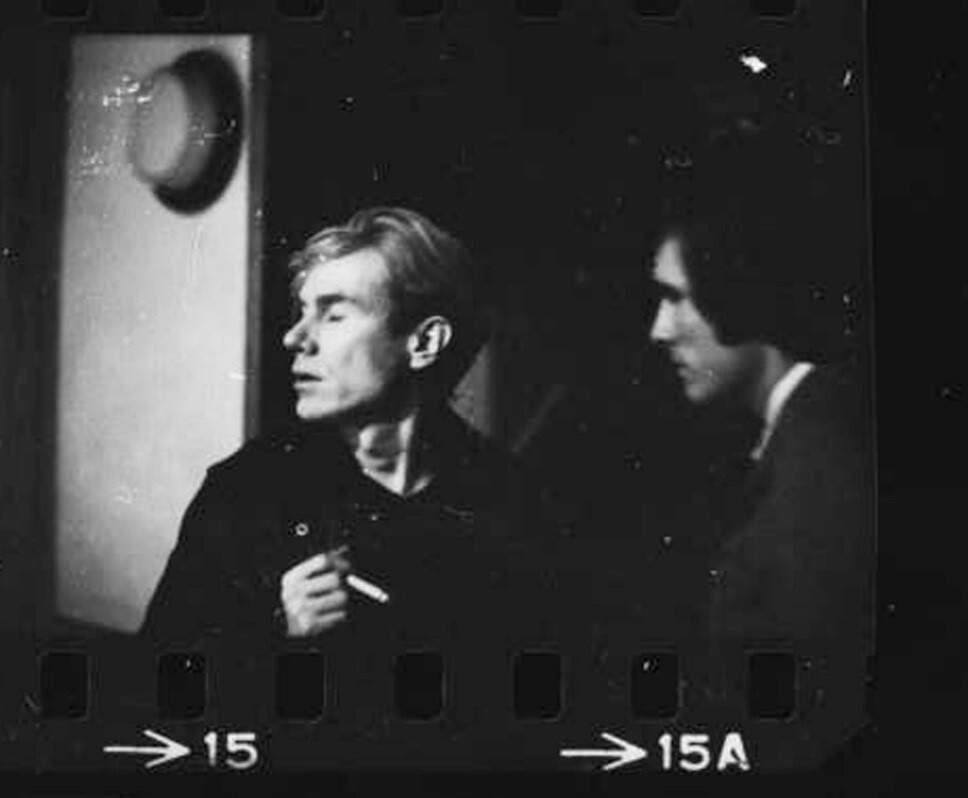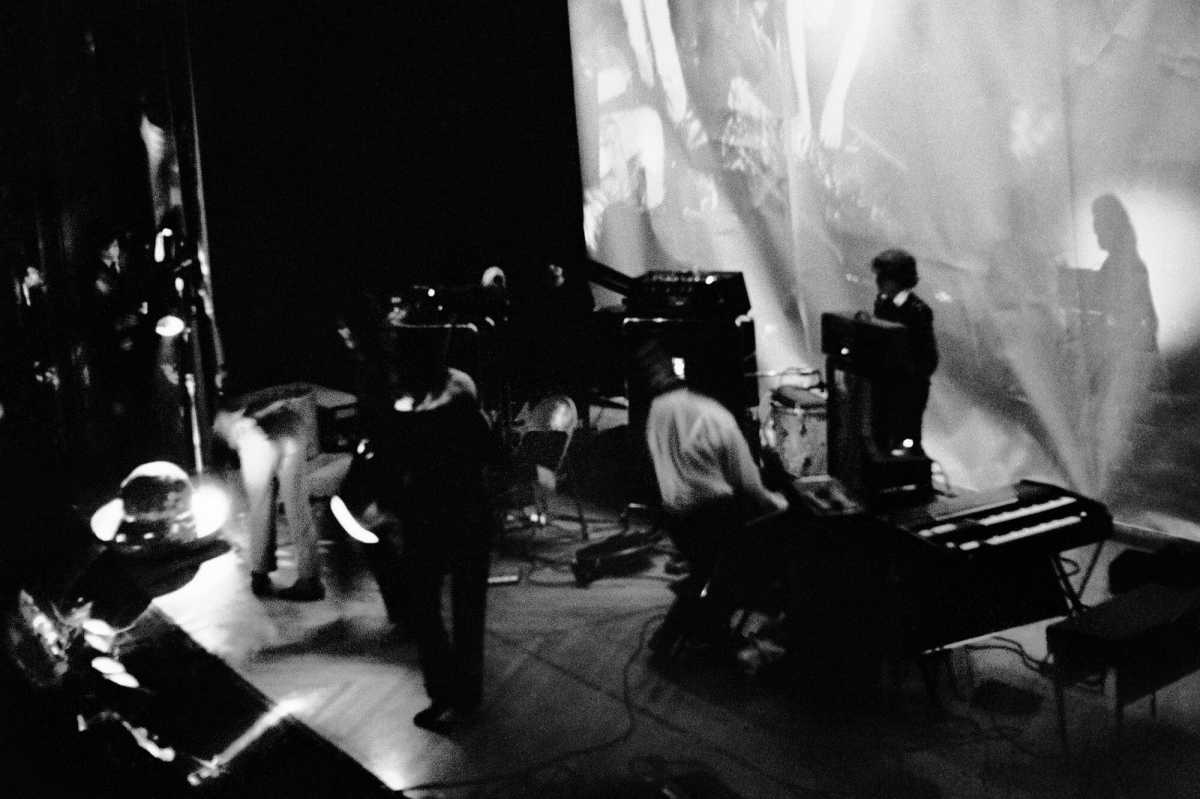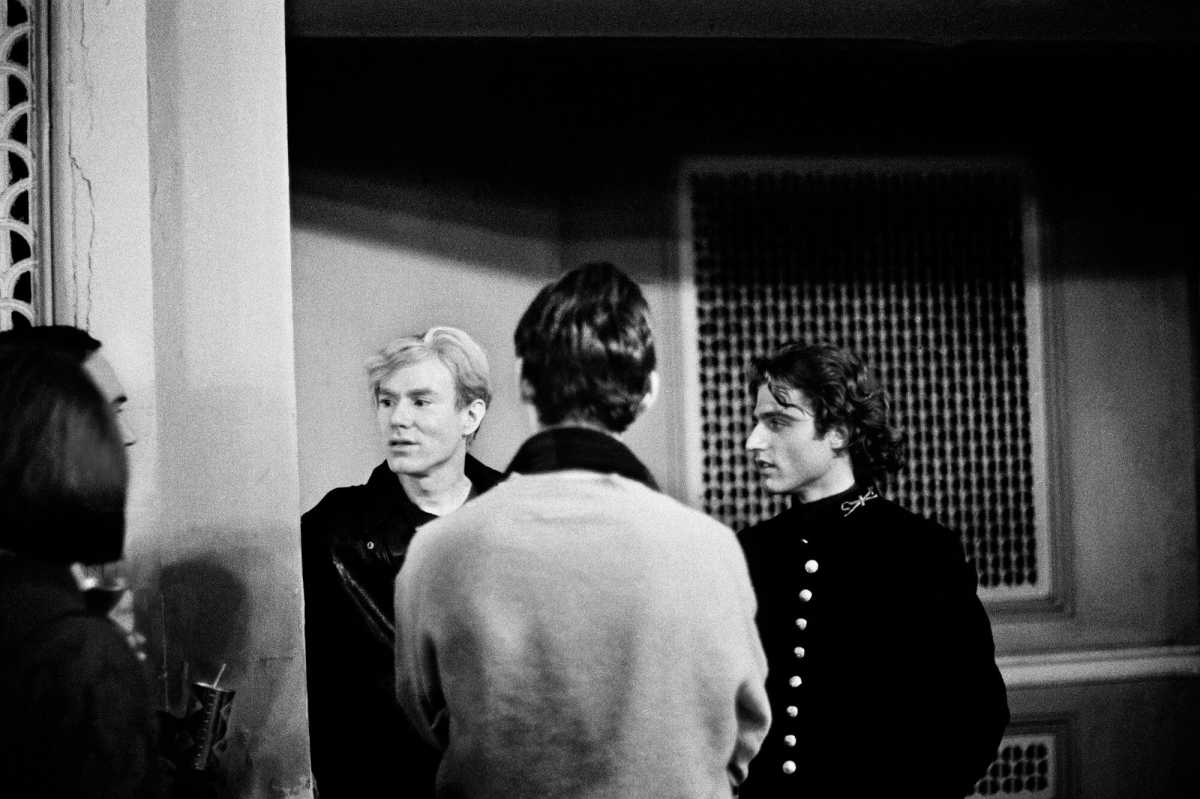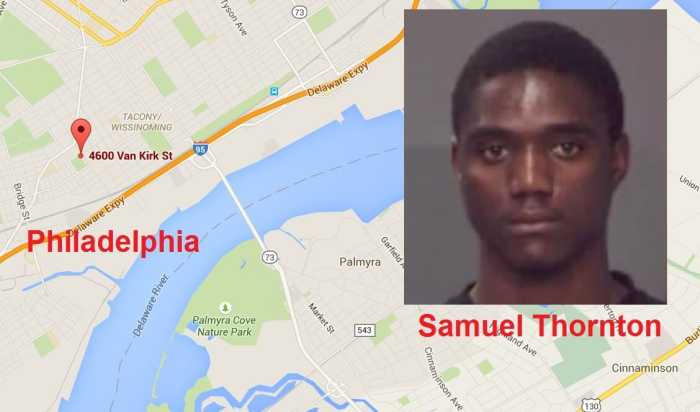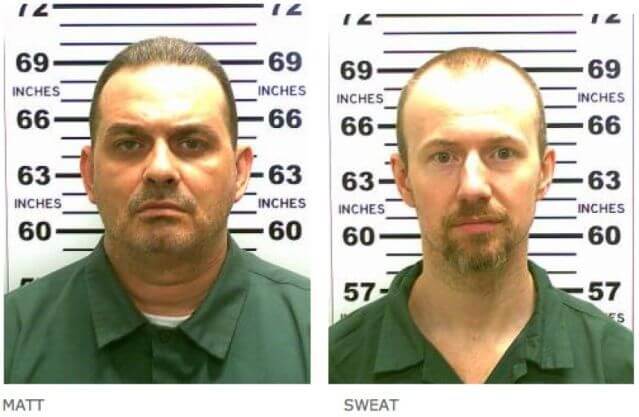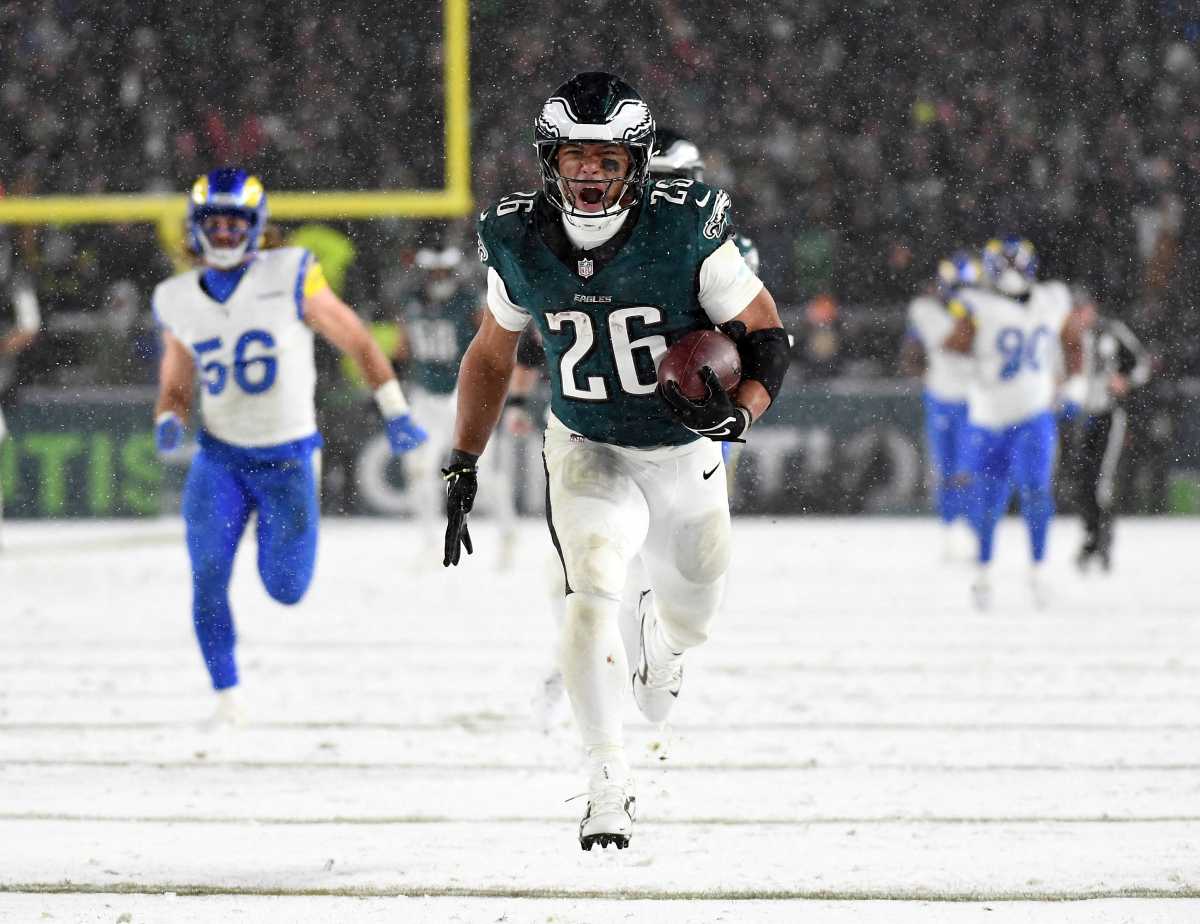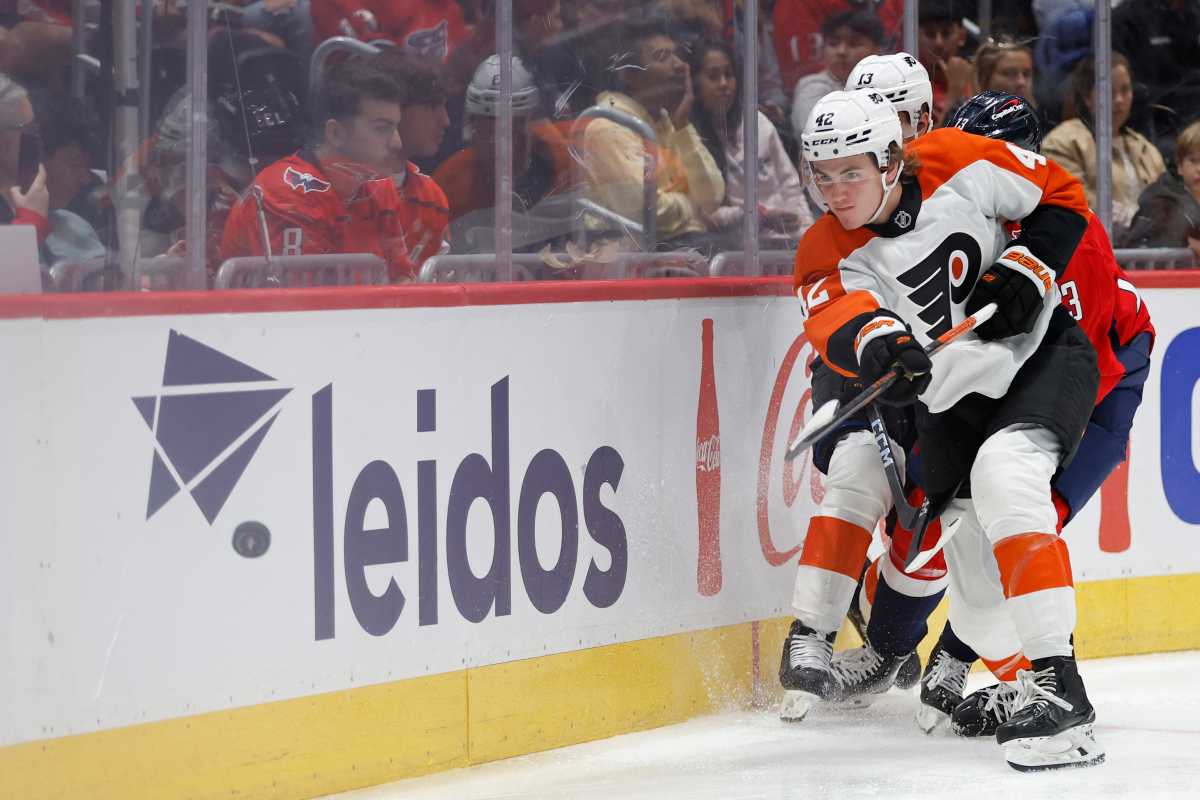When the names of pop art’s overlord Andy Warhol and pre-punk’s dark maestro Lou Reed and his Velvet Underground come up, each are, invariably, tied to their origin story in New York City. Though together since 1964, it wasn’t until German chanteuse Nico and Warhol happened onto the Velvets that Reed’s nihilistic, experimental ensemble won real acclaim. Starting in 1966, the Velvets were the house band at the painter’s Manhattan office-studio space The Factory and played the pop prince’s Exploding Plastic Inevitable multi-media events in NYC. Yet before the band released its seminal debut album,”The Velvet Underground & Nico” in March 1967, one of Warhol’s fleeting few Exploding Plastic Inevitable parties outside of New York occurred at what was then Broad Street’s The Arts Council of the YM&WHA (now called the Gershman Y) in December 1966. To celebrate the 50th anniversary of what was originally advertised as a two-evening “mixed-media discotheque,” the Gershman Y will host a monthlong exhibition “Underground Nights: When Warhol’s Exploding Plastic Inevitable Met the Y” starting Dec. 1. The exhibit features rare films and photos of Warhol and the Velvets, along with original recorded work and memorabilia courtesy Molly’s Books & Records in South Philadelphia and other private collectors. The centerpiece of the exhibition is a newly-discovered cache of stark black & white photos taken by late, local photographer Sam Moskovitz during the 1966 event. There is also a Dec. 15 showcase with two of the most Velvet Underground-inspired acts working at present when Yo La Tengo and Dean & Britta hit the Gershman Y stage. “The Arts Council was a happening place back then when it came to art,” said Gershman Y exhibition curator Cheryl Harper. Other famed pop artists such as Claes Oldenburg and Roy Lichtenstein exhibited at the Broad Street cultural center before they got famous. Philadelphia already meant a great deal to pop and Warhol before the Broad Street shows as he had his first American museum show at West Philly’s Institute of Contemporary Art at the University of Pennsylvania in 1965. “The Warhol and Velvet shows were important to the membership then, but sadly the council threw a lot of things out,” claims Harper. “The only way I was able to do the show was because of members such as Judy Golden and Judy Lieb having saved flyers and such. The Warhol Museum in Pittsburgh also had a very professional archive of his events from that time period.” Harper also located letters from the Arts Council’s then-elder membership who were shocked that something promoting drugs and sex were playing its hallowed halls. “There was a lot of controversy. People were up in arms. This was challenging to those audiences, which shows how provincial Philly could be back then when it wanted to.” Individual collectors from Philadelphia, such as Molly’s co-owner Joe Ankenbrand, were a great help as he supplied items like the famed “peel-it-and-see” Warhol cover pressing of “The Velvet Underground & Nico.” “That first album is considered by many to be one of the best and most influential recordings of the ’60s, but sold poorly at the time, not surprisingly, considering it’s dark themes of drugs, bondage and sex,” said Ankenbrand. “When I started playing drums with my band Dixy Blood years ago, I took the moniker ‘Moe Jo,’ partially as a nod to Moe from the Three Stooges, but more importantly to Mo Tucker, the drummer from the Velvets. She played a stark, minimalist style I admire so much.” When it comes to the work of Lou Reed and the Velvets, Lower Merion, Pennsylvania, native Hal Willner — Reed’s longtime friend and producer — had this to say: “To go from the Velvets to ‘Metal Machine Music’ — all before 1975 — is something to behold,” noted Willner. “Lou Reed changed the game, and often.” The combined power of Warhol and Reed in their young prime is what makes “Underground Nights: When Warhol’s Exploding Plastic Inevitable Met the Y” necessary viewing. “Both Warhol and the Velvets are equally relevant today as they were to the ’60s,” said Harper. “Maybe more so.” If you go:
Dec. 1 to Jan. 4
Opening Reception with Curator Cheryl Harper
Thurs. Dec. 1, 5:30 p.m.
The Gershman Y
401 S Broad St.
Free with registration
215-545-4400, Gershmany.org



